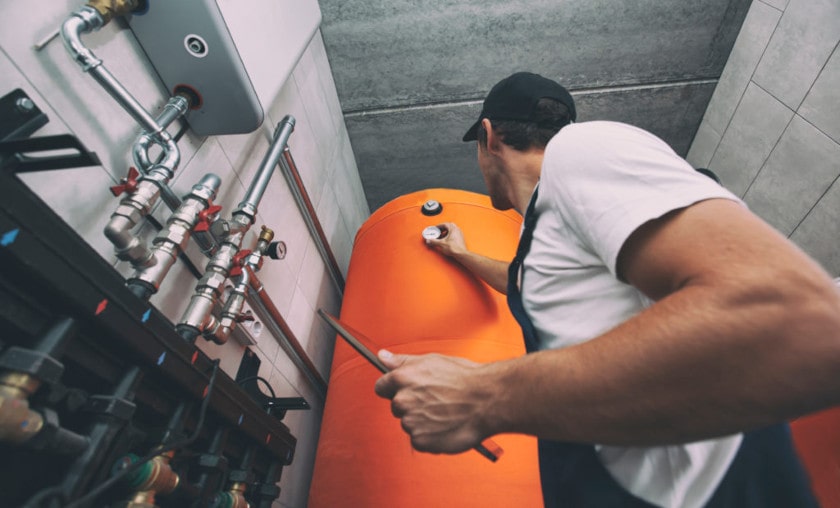Your Plumbing Inspection Checklist – What to Include

If your business offers plumbing inspections as a service, we understand your need for a thorough process. One missed item could result in disaster for your customers down the road. And no one wants that showing up in their online business reviews!
Plumbing Inspection Priority Checklist Items
At Device Magic, we’ve worked with a lot of plumbing and property management customers who have used our mobile forms app to facilitate their plumbing inspections. In this article, we’re going to highlight the most important items to include in your plumbing inspection checklists and ways to leverage a mobile forms app to take your inspection reports to the next level.
Main Water Supply
This should be the first section of your checklist. The main water supply is basically the heart of a property’s plumbing system.
- Main Water Supply Piping Material – Is it copper, plastic, polybutylene, galvanized or undetectable?
- Main Water Shutoff Valve – Note the location of the main water supply shut-off valve. Difficult-to-reach locations can make for difficult maintenance. Check for any defects, damages or leaks. Trouble turning the valve indicates that it has been frozen in place, and may need replacement. All of these issues are important to document for the property owner.
Water Pressure
Make sure the water supply runs smoothly at the minimum pressure requirement. Turn on the building water service from 75 psi to 100 psi to test the normal working pressure of the pipelines. Water pressure requirements will vary by location; however, 40 to 80 psi is an acceptable range.
Pipes, Fixtures & Drains
Check all fixtures, drains and supply lines on the property. Any blockages could impact the entire plumbing system, and should be fixed as soon as possible.
- Water Pipe Material – Again, it’s important to note if the pipes are copper, plastic, polybutylene or galvanized. Mixed materials can signal an issue. For example, polybutylene water pipe systems with plastic fittings can be problematic.
- Water Flow – Test water flow functionality across all fixtures, including large appliances (washing machine, refrigerator, etc.)
- Pipe Insulation – If the water heater is located in the garage, attic, crawlspace, or exterior
foundation wall, the water lines should be insulated to protect the pipes from extreme weather damage. - Waste Pump – The waste pump is also known as the lift station. Make sure it operates normally when plumbing fixtures are drained into it.
Exterior Plumbing
General rule of thumb: Outside issues can lead to inside disaster.
- Sewer and Drainage Lines – Use a plumbing endoscope tool to inspect the septic tank, sewer lines from property to curb connection and drainage systems. Any damage or clogs could signal major problems down the road.
- Outside Faucets – Inspect all exterior hose faucets and gate valves. Note the ability to winterize faucets during periods of extreme cold weather.
Watertight Test
Make sure the entire plumbing system is properly sealed. You can test this by filling the drainage system to the middle of the trip and waste overflow in each tub.
Digitize Your Plumbing Inspection Checklist
Switching to digital plumbing inspection checklists is an easy, effective way to reduce the amount of time and errors that often comes with paperwork. Using a mobile forms app to create plumbing inspection checklists allows you to collect richer data, such as photos, signatures and sketches. You can collect inspection data from your teams in real time. Even better? You can generate automated, custom PDF, Microsoft Word or Excel reports. It’s all possible with Device Magic’s mobile forms app.